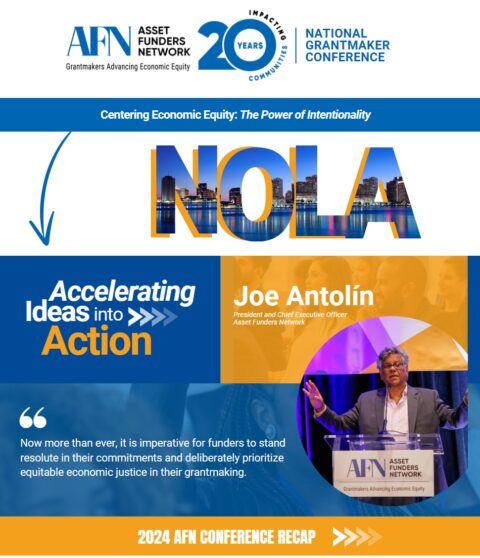By Laura Sullivan, Tatjana Meschede, Thomas Shapiro, Teresa Kroeger, and Fernanda Escobar
The Institute on Assets and Social Policy (IASP), located at the Heller School for Social Policy and Management at Brandeis University. The Workers Lab supports experiments and innovation that builds power for working people in the 21st century economy. www.theworkerslab.com
Occupational segregation results in racialized patterns in which people are distributed unequally across jobs in the labor market. The impact of this inequality goes far beyond paychecks. With incomes making up just about two-thirds of employee compensation, it is benefits that complete the entire employee compensation package.1 Historical legacy and contemporary employment practices concentrate Black and Latino working people disproportionately in jobs and industries stripped of or lacking in benefits that connect work to wealth and better livelihoods. For many employees, the workplace can be a crucial access point for asset-building opportunities through quality jobs that provide comprehensive employee compensation packages. However, Black and Latino workers face ongoing discrimination in hiring,2 higher unemployment rates,3 fewer sick days, and less workplace flexibility4 compared to White workers, which severely diminishes workplace stability and access to wealth-building benefits. To understand the institutional and policy mechanisms by which wealth is distributed and inequality worsened at the workplace, it is imperative that we identify and recognize how the total employment package—from income to benefits to additional workplace resources—contribute to growing inequality and the racial wealth gap.
This report examines the impact of benefits disparities on the asset security of households of color. Our investigation results in a deeper understanding of the impacts of occupational segregation on access to workplace benefits, the racial wealth gap, and workers’ economic security.


